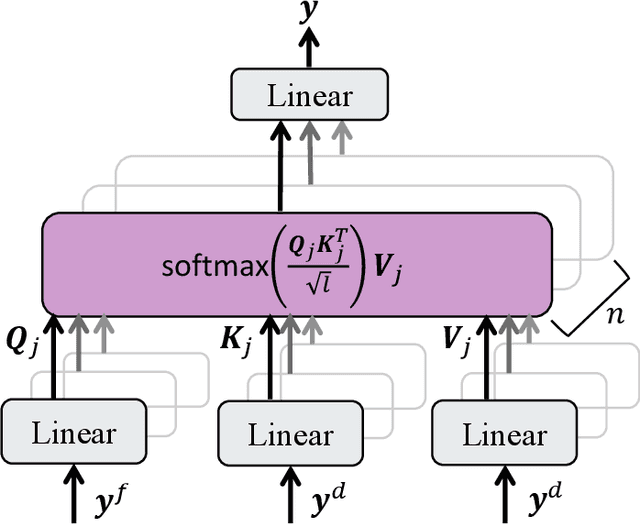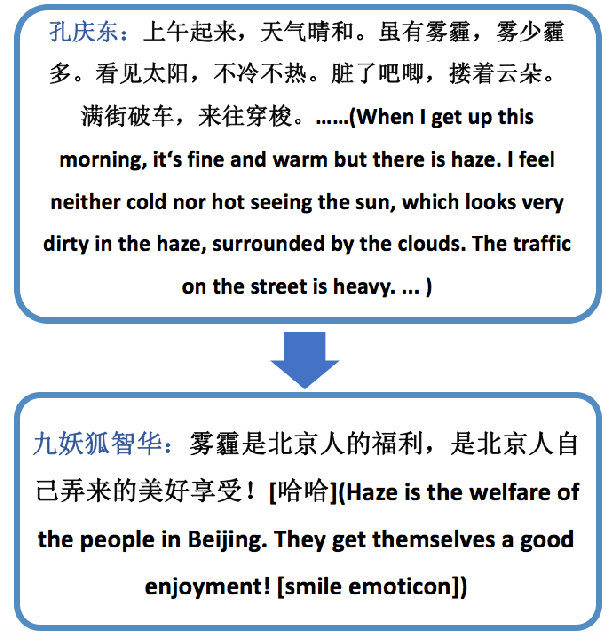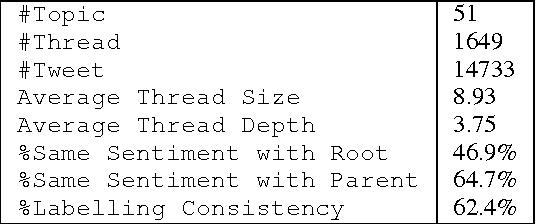Yujie Cao
Rasterizing Wireless Radiance Field via Deformable 2D Gaussian Splatting
Jun 15, 2025Abstract:Modeling the wireless radiance field (WRF) is fundamental to modern communication systems, enabling key tasks such as localization, sensing, and channel estimation. Traditional approaches, which rely on empirical formulas or physical simulations, often suffer from limited accuracy or require strong scene priors. Recent neural radiance field (NeRF-based) methods improve reconstruction fidelity through differentiable volumetric rendering, but their reliance on computationally expensive multilayer perceptron (MLP) queries hinders real-time deployment. To overcome these challenges, we introduce Gaussian splatting (GS) to the wireless domain, leveraging its efficiency in modeling optical radiance fields to enable compact and accurate WRF reconstruction. Specifically, we propose SwiftWRF, a deformable 2D Gaussian splatting framework that synthesizes WRF spectra at arbitrary positions under single-sided transceiver mobility. SwiftWRF employs CUDA-accelerated rasterization to render spectra at over 100000 fps and uses a lightweight MLP to model the deformation of 2D Gaussians, effectively capturing mobility-induced WRF variations. In addition to novel spectrum synthesis, the efficacy of SwiftWRF is further underscored in its applications in angle-of-arrival (AoA) and received signal strength indicator (RSSI) prediction. Experiments conducted on both real-world and synthetic indoor scenes demonstrate that SwiftWRF can reconstruct WRF spectra up to 500x faster than existing state-of-the-art methods, while significantly enhancing its signal quality. Code and datasets will be released.
Two Birds with One Stone: Multi-Task Semantic Communications Systems over Relay Channel
Oct 16, 2024



Abstract:In this paper, we propose a novel multi-task, multi-link relay semantic communications (MTML-RSC) scheme that enables the destination node to simultaneously perform image reconstruction and classification with one transmission from the source node. In the MTML-RSC scheme, the source node broadcasts a signal using semantic communications, and the relay node forwards the signal to the destination. We analyze the coupling relationship between the two tasks and the two links (source-to-relay and source-to-destination) and design a semantic-focused forward method for the relay node, where it selectively forwards only the semantics of the relevant class while ignoring others. At the destination, the node combines signals from both the source node and the relay node to perform classification, and then uses the classification result to assist in decoding the signal from the relay node for image reconstructing. Experimental results demonstrate that the proposed MTML-RSC scheme achieves significant performance gains, e.g., $1.73$ dB improvement in peak-signal-to-noise ratio (PSNR) for image reconstruction and increasing the accuracy from $64.89\%$ to $70.31\%$ for classification.
Modeling Rich Contexts for Sentiment Classification with LSTM
May 05, 2016



Abstract:Sentiment analysis on social media data such as tweets and weibo has become a very important and challenging task. Due to the intrinsic properties of such data, tweets are short, noisy, and of divergent topics, and sentiment classification on these data requires to modeling various contexts such as the retweet/reply history of a tweet, and the social context about authors and relationships. While few prior study has approached the issue of modeling contexts in tweet, this paper proposes to use a hierarchical LSTM to model rich contexts in tweet, particularly long-range context. Experimental results show that contexts can help us to perform sentiment classification remarkably better.
 Add to Chrome
Add to Chrome Add to Firefox
Add to Firefox Add to Edge
Add to Edge